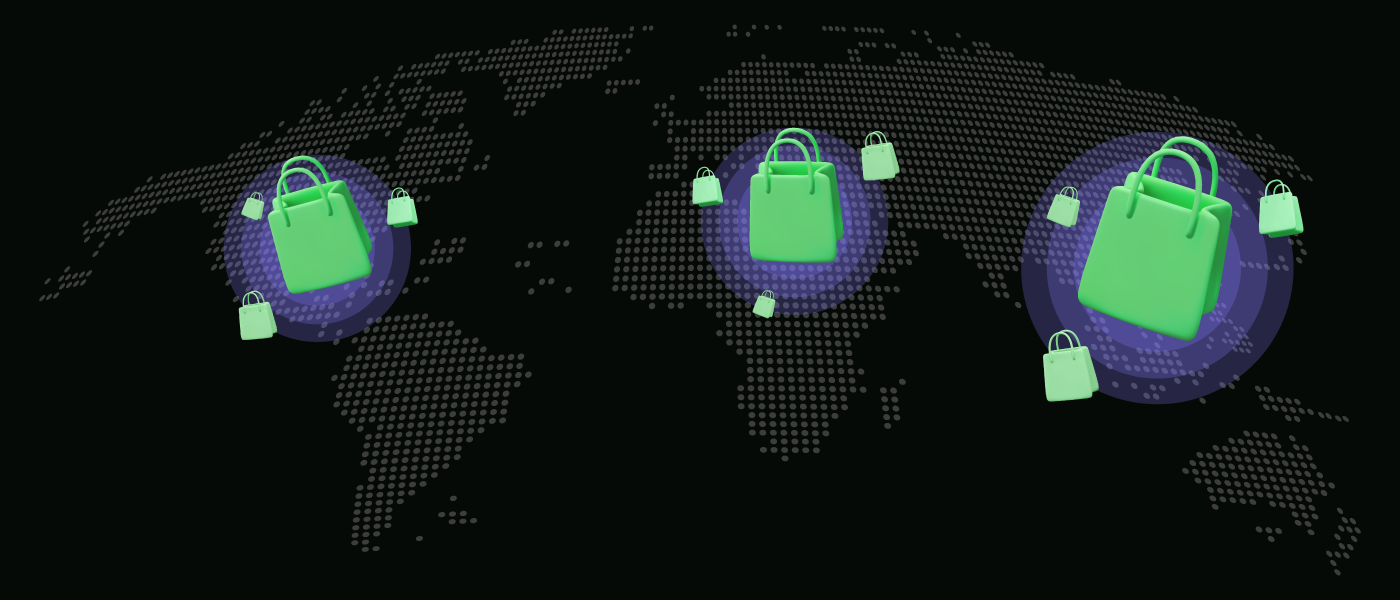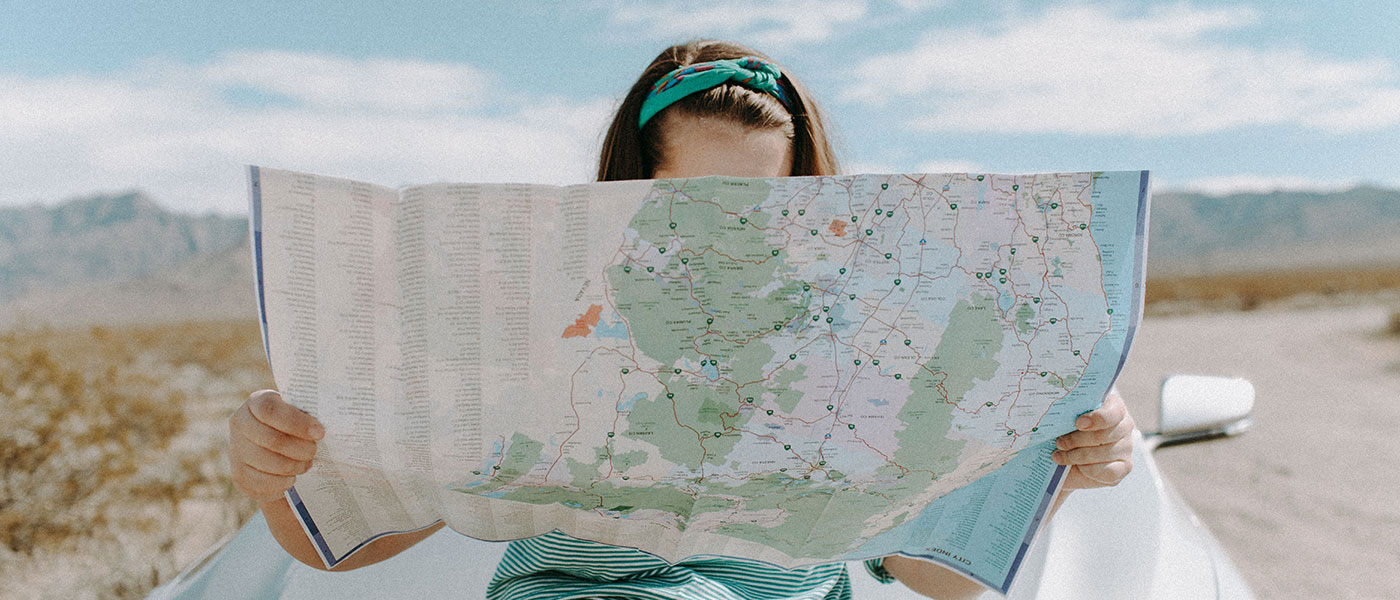What is Image Optimization?
E-commerce images tend to make websites visually compelling, attracting potential customers to interact with businesses more. However, including many images can also result in a slower site, which nobody enjoys. Potential vulnerability like this is the major cause why e-commerce business owners are recommended to opt for image optimization on their websites.
Image optimization refers to the process of decreasing the sizes of images in a way that does not diminish their quality on the website. If you can maintain the quality of the images on e-commerce while also reducing the size, then the load time of your website will increase. But image optimization also includes image SEO, which can give the images on your website a better rank on image search engines like Google.
Why is Image Optimization Important?
In order to rank well on the Google algorithm and reach their target audience, businesses are suggested to utilize image optimization. Optimized images of e-commerce websites can help business websites rank higher and get more visibility.
There are three main benefits of optimizing images for an e-commerce website.
- Image optimization helps improve the speed of your website. Unprocessed images that contain a large file size can make your website clunky and slow, driving customers away.
- Improving image quality while decreasing size also optimizes these images for your website, improving the user interface. Your website will interest potential customers if it’s fast and well-organized.
- Image optimization can help increase the overall SEO value of your website, making it rank higher in Google searches.
Understanding File Types and Formats for Image Optimization
Humans are visual creatures by nature, and we are attracted to visual cues like images more than anything else. Most online businesses use images to make their websites perform better, and file formats play a huge role in the overall optimization of your website.
Many different file formats are available to choose from, each offering a set of pros and cons. Therefore, choosing images for an e-commerce website is a challenging task that must be done based on various factors.
Let’s take a look at some of these file types.
Understanding Different File Types: JPG vs. PNG vs. GIF
The three most common types of image formats usually used for e-commerce websites are PNG, JPG, and GIF. These are the file types that most web browsers support across platforms. Thus, business owners commonly use these formats for product images for e-commerce websites.
PNG
One of the standard file types for web usage is PNG (Portable Network Graphic). It is a pixel-based file that you cannot scale up without pixelation. For end usage, you need to export PNG files with the right size. PNG is better for simple illustrations and logos since it supports transparent backgrounds while retaining a higher-quality image. PNG supports lossless compression, which helps it retain better-quality graphics.
PNG files can help you get sharper images on both computers and mobile displays while keeping the quality intact. You can scale down the image size to your liking while maintaining the quality of your e-commerce products images.
PNG has a smaller file size with a limited amount of colors, but an increased amount of colors will result in large file sizes. This file format is supported by all browsers universally, making it one of the most popular ones.
JPG or JPEG
JPG or JPEG (Joint Photographic Experts Group) file format for your e-commerce website product images is a raster-based format for print and web usage. It has universal support, which is why it is the most widely used image format for websites worldwide. Lossy compression is used in JPG, meaning the image quality decreases every time there is a re-save. This means you need to save the exact file size resolution for end use.
JPG files have smaller attachment sizes which result in a faster loading time. However, image compression can lead to poorer quality in JPEG format, making it best suited for smaller photographs.
GIF
GIF or Graphics Interchange Format is an animated file format best suited for animated graphics with limited colors. Since GIF only supports 256 colors, it is perfect for lower-resolution clips or animated graphics.
Understanding Different File Formats: RAW vs. Lossy Compression
There are two types of compressions in Raster files. Lossy and Lossless Compression.
Lossy compression in a Raster file removes data while optimizing and compressing a file, resulting in a loss of quality. On the other hand, lossless compression does not lessen an image file’s quality. However, to increase the speed of a website, lossy compression is essential a lot of the time, as long as the main image is saved in a lossless format.
Understanding Different Color Modes and Resolutions
Color modes and resolutions of an image are also important factors to consider while optimizing. Two main color modes are used in images CMYK (Cyan, Magenta, Yellow, Key/ Black) and RGB (Red, Green, Blue). The first is better for print, while RGB is ideal for web usage.
Resolution refers to the amount of detail an image holds. It is described in PPI (pixels per inch) for screen display. The higher the PPI, the higher the resolution. This means that a higher-resolution image will look crisper and sharper on a screen. But a higher resolution also increases the size of the image.
Optimizing Images for Web Applications
Let us take a look at how to optimize images for e-commerce using these few steps.
Selecting the Right File Type and Format for Your Needs
As discussed, file types like JPG, PNG, and GIFs are essential when optimizing images. You have to know which file types to use under which circumstances. Depending on whether you want to include animated graphics, a logo, or a picture, you have to choose different formats.
Choosing the Appropriate Resolution & Color Mode
It is also important to use the correct color mode and resolution for each picture you upload. If your image is too large, browsers will take time to load the website, resulting in laggy performance.
Reducing Image Size Without Compromising Quality
You can use lossless compression to reduce the image sizes for your website without compromising the image quality. This can help you decrease your site’s load time and make navigating faster and easier.
Using an Image Compression Tool to Reduce File Size & Load Time
There are many image compression tools and plugins available to use. These tools can help you eliminate extra data on the image, like embedded thumbnails, metadata, color profiles, etc. This way, the file size of the images will be reduced without harming the quality of the image.
Improving Server Response Time with a Content Delivery Network (CDN)
If you do not have time to go through the optimizing process with each image, you can also use a Content Delivery Network (CDN) to do it for you. A CDN can help you with your website load speed and also help with any bandwidth issues you might have. But you also need to be careful about backlinks. Ensure the image backlinks to your website, not the CDNs.
Utilizing Caching Options & Browser Caching Technology
Caching in browsers basically saves data from visited websites. By doing that, the browser can open the same website faster and load the images at a quicker speed. You can use browser caching technology and plugins to leverage caching options and make your sites faster.
Using Plugins & Software to Automate Image Optimization Processes
There are many options when it comes to software and plugins that can automate your image optimization process and make your job easier.
1. WP Rocket: An Easy-To-Use WordPress Plugin For Speeding Up Your Website’s Performance
WordPress offers a plethora of caching plugins that can help you improve the speed of your website. Two of the best ones you can find are WP Rocket and WP Fastest Cache. You can use WP Rocket and WP Fastest Cache for GZIP compression, cache preloading, minify JS and CSS files, schedule automatic cleanups for your database, and more.
2. Adobe Photoshop: How To Use It To Edit & Optimize Product Images Other Software Solutions For Automating The Image Optimization Process
You can also use Adobe Photoshop to precisely optimize images for your website. You can use Photoshop’s Save For Web command to easily optimize an image for web applications. Depending on the format of your file, you can also control color quality, background transparency, and image quality through Adobe Photoshop.
Utilizing Responsive Design Themes To Ensure Fast Loading Times Across All Devices
Responsive themes refer to website themes that are compatible with every type of platform across the globe. Most users nowadays tend to use mobile phones to visit different websites. A site that is only optimized for computer users will be janky and non-user-friendly. You can use many responsive themes that WordPress offers to ensure that your website’s load time is faster across devices.
Through the help of responsive web designing, you can make your site compatible across platforms and devices. So, no matter whether your customer uses a laptop, a cellphone, or a tablet to browse your site, it will be optimized and user-friendly.
Leveraging Search Engine Ranking Factors To Further Improve Load Speed
Many Search Engine Ranking factors for Google can also help you improve the loading speed of your website. Image optimization is a big part of customer experience, but it is not the only one. Other factors like URL structures, content quality, keyword placement, site architecture, etc., also play a vital part in optimizing your website for search engines. You must remember to use these factors to your advantage to improve your ranking and increase your load speed.
Analyzing Conversion Rates To Determine If Image Quality Is Affecting User Experience
Optimizing images will bring more traffic to your website, but you also have to track progress. By analyzing your website’s conversion rates, you can determine which methods of optimization work best for your customer base and improve them more. E-commerce business owners need to track their website-related data in order to improve customer experience.
A/B Testing Different Variables Such As File Size, Load Time, And Bounce Rate
A/B testing refers to comparing two variations of the same content to determine which one is performing better. An e-commerce business needs to come up with different variables for its website content and then make a side-by-side comparison to determine which is most beneficial for them. This way, the owners can eliminate website vulnerabilities to provide customers with a superior experience.
Conclusion
Since the usage of product images for e-commerce websites is imperative to attract customers, knowing how to optimize them for excellent website performance is also essential. With the help of optimization, you can include high-quality images on your website without losing speed. While image optimization can significantly boost the quality of your website, utilizing SEO tacts like quality content, keywords, alt-image tags, and more can further catalyze growth for your website and your business.
FAQs
How do you auto-optimize images on the site for speed format and resolution?
Many CDNs can help you with the auto-optimization of images. You can also use Adobe Photoshop’s Save for Web command to optimize your product images.
How do you optimize images for the best quality and performance?
Here’s how you optimize your images to ensure the best quality.
- Choosing image resolution wisely
- Opting for the correct file type
- Implementing concise and optimized alt texts
- Optimizing thumbnails
What image format is best for website speed?
It depends on the type of picture on your website. Usually, for photographs, JPG is the best format for a website, but PNG works better for graphics.
Why are images loading slowly on my website?
A slow load speed can result from unoptimized images on the website. Large files can make the website janky and slow. You have to optimize your images in order to make the website faster.
What is the best image size for a web store?
Usually, 640×640 and 800×800 is the best image size for an e-commerce website.
What image format is best for e-commerce?
Most e-commerce websites use the JPEG format since it is best suited to provide high-quality product images.
Is JPG or PNG better for a website?
Most e-commerce websites use the JPEG format Since most website images do not require a transparent background, professionals usually recommend using JPG images for e-commerce websites. since it is best suited to provide high-quality product images.
How can I make my mobile pictures load faster on my website?
Here’s how you can get images to load faster on your website.
- Use image optimization according to your screen
- Use resized images for shorter loading time and high-quality
- Opt for the most reliable image format for your website
- Limit the number of images on your website
What are the four steps to maximize your image quality?
The four steps to maximize your image quality are
- Use high-quality images
- Opt for the correct file type
- Utilize image resizing to optimize image quality according to your website page
- Apply relevant alt text
What are the optimization factors to improve images?
Appropriate file type, resolution, and color mode are the most important factors while optimizing images. You also have to be careful about the image name and alt-image tags.











